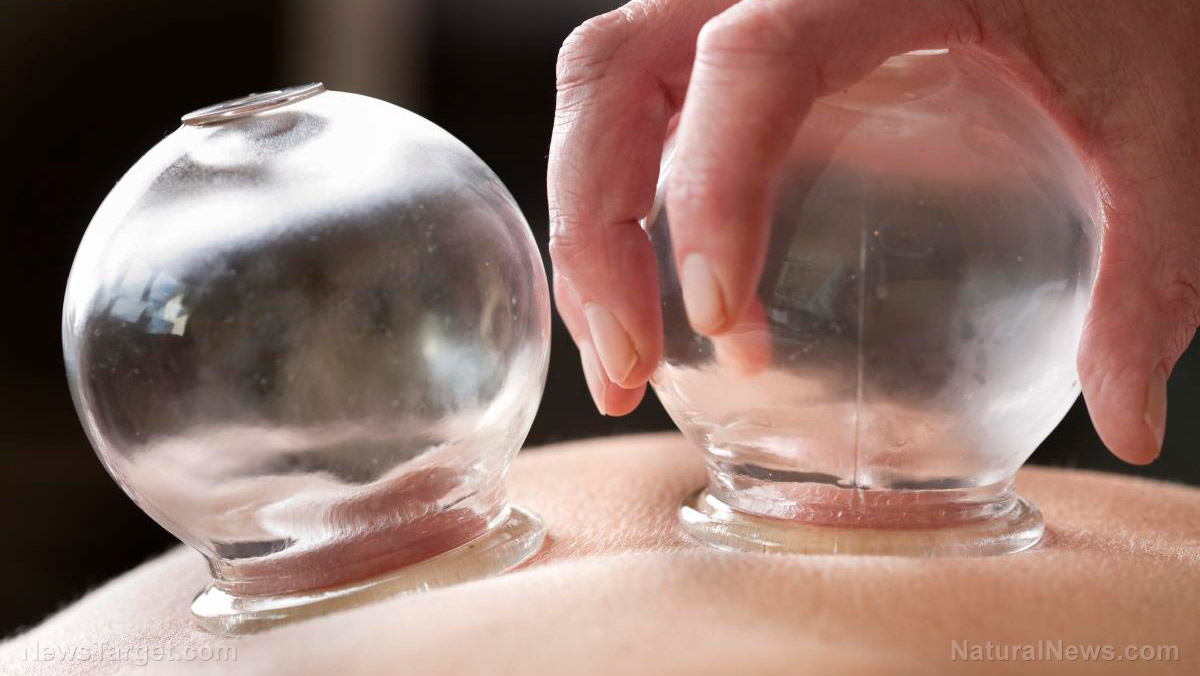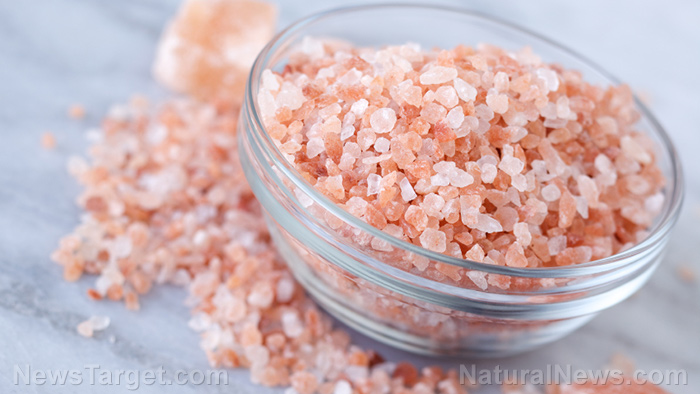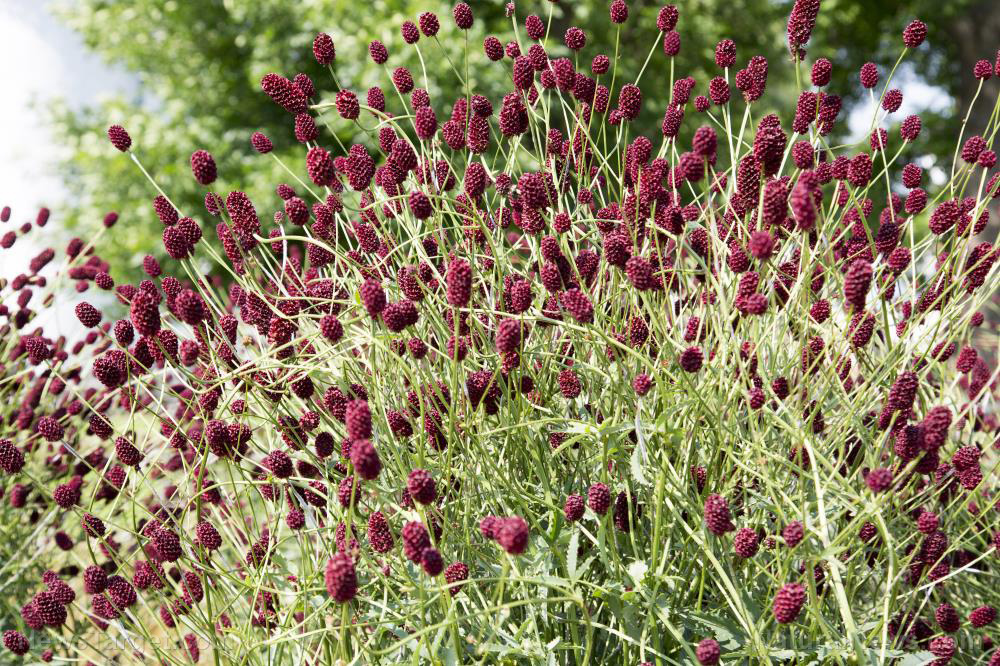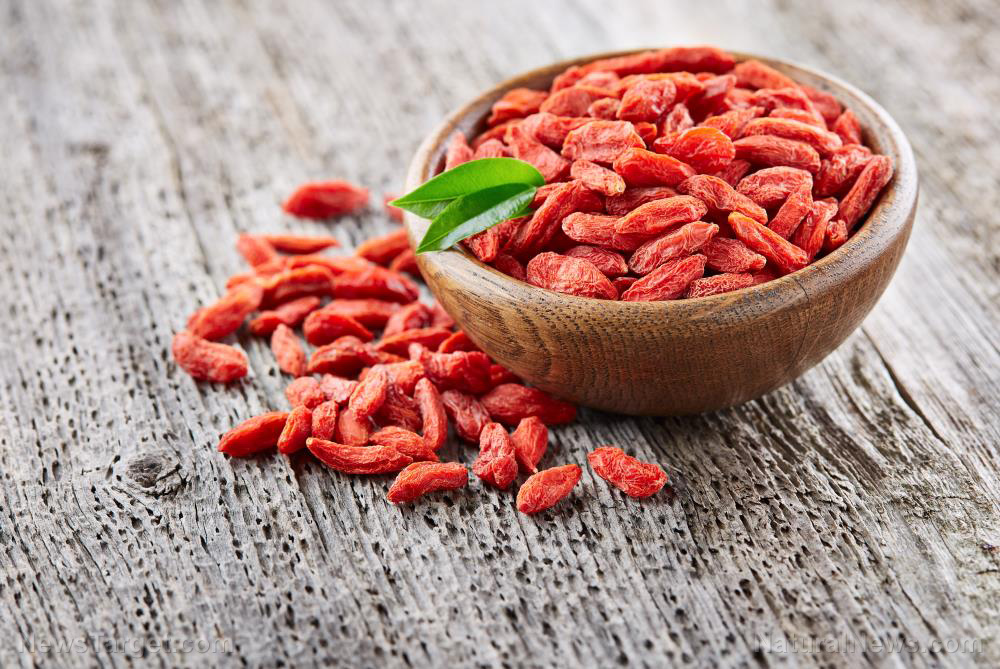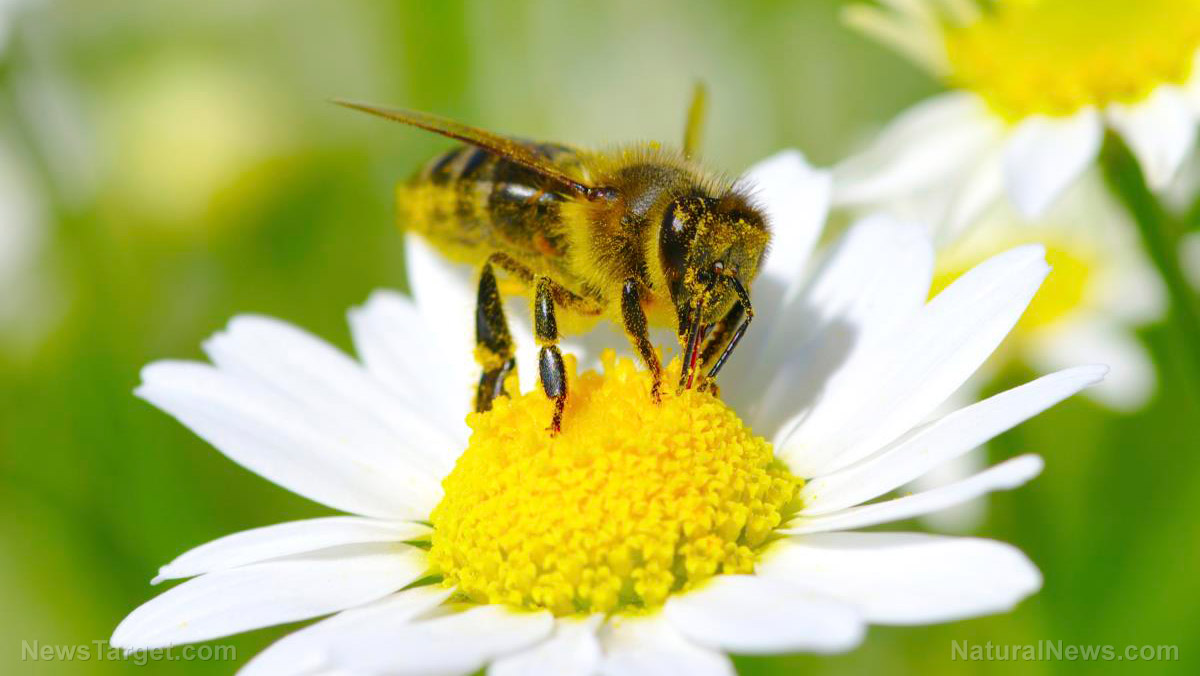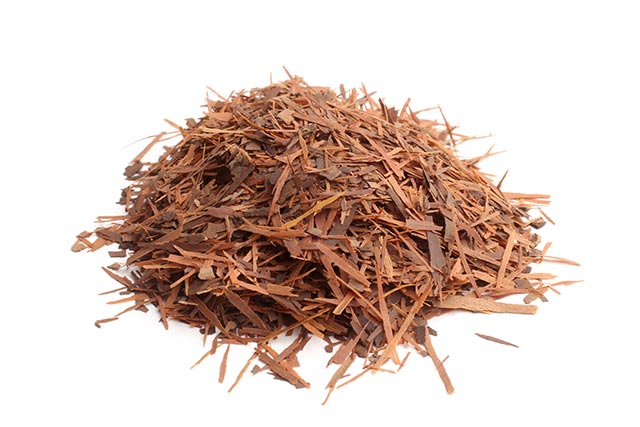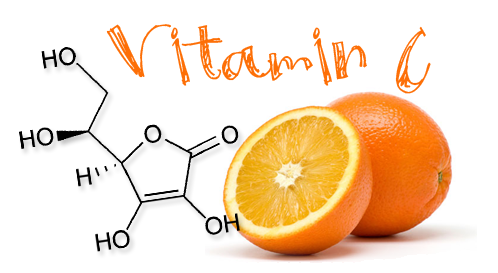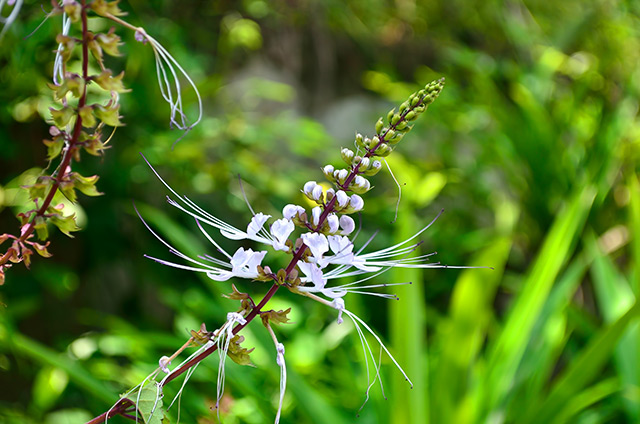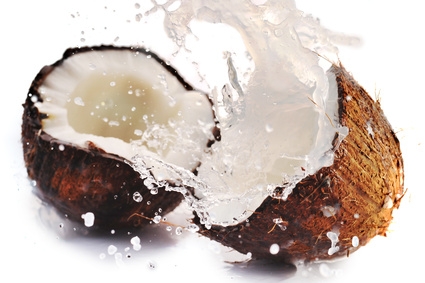Prickly pear shows strong potential as an alternative treatment for diabetes
09/03/2018 / By Zoey Sky
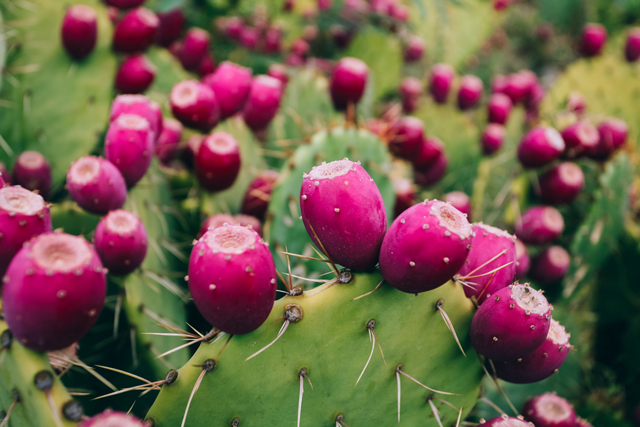
Prickly pear, which belongs to the cactus genus Opuntia, has flat, jointed, or segmented pads called cladodes (or nopales in Spanish). The plant bears pear-shaped fruits, called tunas, that mature on the cactus pads in early fall.
Prickly pear is easy to cultivate since the pads can be removed from the plant and replanted to form new growth. In traditional medicine, the fruit of the plant is used to treat diabetes.
The health benefits of prickly pear
Prickly pear has various nutrients and bioactive compounds that offer health benefits. Even though the pad and fruit have different compositions, they both provide multiple levels of macronutrient distribution, phytochemicals, minerals, and vitamins.
Prickly pear fruits are full of betacyanins, which are antioxidant pigments. The betacyanins from the plant’s fruit can help lower minimize low-density lipoprotein (LDL) cholesterol levels after consumption. It can also prevent oxidation.
Additionally, different flavonol glycosides, or plant-derived secondary metabolites with significant antioxidant activity, were isolated from O. ficus-indica fruit concentrates.
Prickly pear pads have manganese, which is crucial for glucose metabolism. Magnesium also helps the body regulate muscle and nerve function and protein synthesis. The mineral is also needed for the regulation of blood glucose, blood pressure, and vitamin C in the body.
In traditional medicine, the prickly pear has been used to address digestive problems and edema. Topically, prickly pear was used to treat burns and wounds. Prickly pear was often used as a diuretic, and it was also used to treat the following health conditions:
- Abdominal fluid build-up
- Anemia
- Bladder stones
- Bronchitis
- A fever
- Hemorrhoids
- Inflammation (e.g., the eyes, etc.)
- Liver problems
- Lower back pain
- Management of human immunodeficiency virus (HIV)
- Spleen enlargement
- Tumors
- Urinary problems
- Vitiligo, or the localized loss of skin pigment
Mashed prickly pear pads were used to relieve heat and inflammation. The pads were also applied to boils to remove the pus quickly. The flowers of the plant were used for lung problems, like asthma. Prickly pear fruit was used to treat gonorrhea and whooping cough. The fruit was also used to boost bile secretion, control excessive coughing, and expel phlegm from the lungs.
Indigenous tribes in Mexico and the Pima tribe in central and southern Arizona use prickly pear to treat diabetes. Historically, the plant was used to treat hangovers, prostate enlargement, and even rabies. (Related: Prickly pear: discover the healing power of an ancient Aztec superfood.)
Different components of the prickly pear plant are also used for food and beverages and drinking water purification. In the U.S., prickly pear pads and fruits are often used for food, such as in jellies, pies, preserves, and wines.
Prickly pear in modern research
Studies have determined that the maturity, indicated by the size, of prickly pear pads, can affect the blood sugar-lowering effects of the plant. Researchers posit that fiber from the pad is the main component responsible for the plant’s blood sugar-lowering effects and that it can slow down the absorption of carbohydrates from foods. Other animal studies have determined additional benefits of prickly pear. The concentrated juice from the fruit of O. ficus-indica has helped prevent the formation of ulcers in rats.
Human studies have also analyzed the anti-diabetic properties of prickly pear. In a study that involved people with type 2 diabetes, the consumption of steamed nopales was linked to a significant reduction of spikes in blood glucose levels and serum insulin levels at least one hour after the consumption of a high-carbohydrate breakfast. The study also determined a notable decrease in glucose-dependent insulinotropic peptide, a hormone released by the small intestine which triggers stimulates insulin production, after eating nopales and a high-carbohydrate breakfast.
Other studies have also looked into the use of prickly pear as an effective and natural tool for water filtration. In a 2010 study, researchers successfully filtered 98 percent of bacteria from a contaminated water sample using prickly pear gel. The researchers believe that the cactus could be used as “a sustainable and affordable water purification method in the rural communities of developing countries.”
Read more articles about the health benefits of prickly pear and other natural cures at Healing.news.
Sources include:
Tagged Under: betacyanins, botanicals, Cactus, cholesterol, diabetes, diabetes science, digestive problems, herbal medicine, herbal remedies, Herbs, ingredients, natural cures, natural healing, natural medicine, natural remedies, nopal, opuntia, plant medicine, prevention, remedies, research


